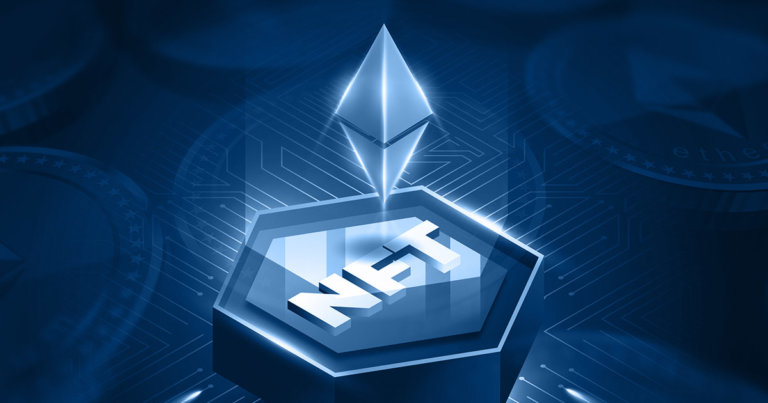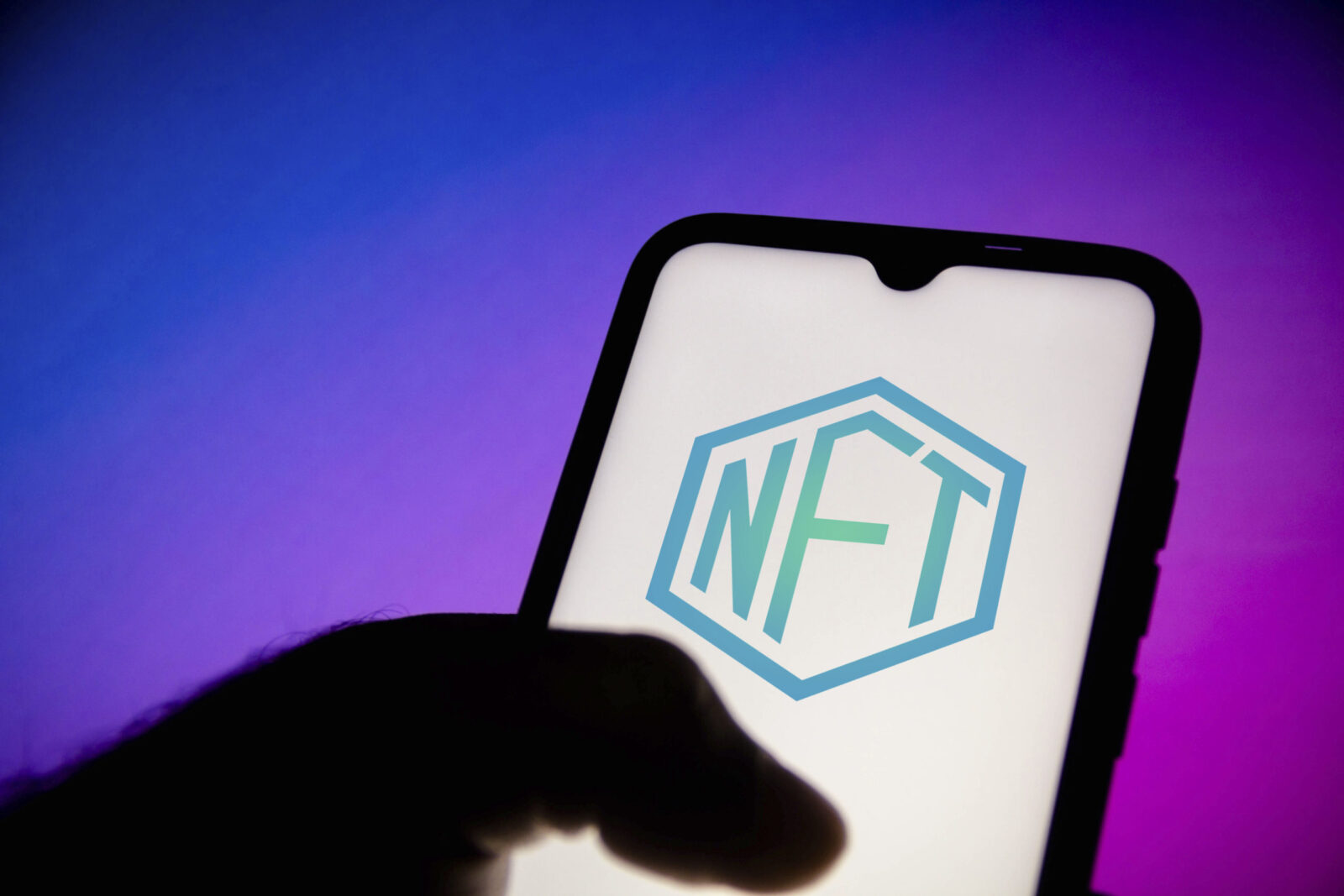Mixed signals cloud NFT future: Is the boom over?
 Visual on NFT and Metaverse projects, January 5, 2022 (IHA Photo)
Visual on NFT and Metaverse projects, January 5, 2022 (IHA Photo)
In the world of digital art and collectibles, known as NFTs, a notable trend was observed between August 3-10, 2024. While spending increased, there was a significant decline in transaction numbers.
Last week, total spending on NFTs reached $95.42 million, representing a 6.29% increase compared to the previous week.
However, this positive outlook conceals a problem. The number of NFTs sold dropped by 77.25%, and the number of purchased NFTs fell by 86.34%. This suggests that a smaller group of consumers is investing larger amounts.
The first NFT was created in 2014, but NFTs reached a broader audience in 2021. What happened after this drop in sales? Are NFTs still popular?

Ethereum maintains leadership, other blockchains rise
Ethereum, the most popular blockchain for NFTs, maintained its leadership with a transaction volume of $32.46 million.
Solana stood out with a 11.08% increase, achieving a performance of $19.52 million. Bitcoin NFTs ranked third with $14.69 million, a decrease from the previous week.
Last week’s most popular NFT collection was Mythos’s Dmarket, which generated $7.22 million in sales, a significant increase of 334.87%. Guild of Guardians and Sorare were also among the popular collections.
Individual NFTs were also sold at high prices. The most expensive NFT was Autoglyphs #172, sold for $207,500. Another notable sale was BNB Lockndeal, which sold for $136,959. These high prices indicate that some collectors are still investing significant amounts in digital art and collectibles.

Reasons for decline in NFT popularity
The artificial inflation of NFT values has shown that these values are not sustainable in the long term. Investors paid high prices without understanding the true value of NFTs.
For example, in January 2022, a student sold meaningless selfies as NFTs at high prices. Additionally, the purchase of Jack Dorsey’s first tweet NFT for $2.9 million and its subsequent low offers demonstrates the bubble effect in NFTs.

What’s next for the NFT market?
Mixed signals in the NFT market indicate both increasing spending and declining transaction numbers. This situation suggests that while some collectors are willing to pay high prices for rare and popular NFTs, others may find NFTs too expensive or have lost interest.
The early stage of NFT technology and market’s volatility make it difficult to predict the future. As technology evolves and more people explore NFTs, we may see changes in purchasing, selling, and valuation methods.
If you are interested in NFTs, you should conduct your own research and consider potential risks. Investment and collection prices can change rapidly. Experts suggest that the trends from this week will reveal whether they are part of a larger trend or a temporary disruption.
What is NFT?
NFT stands for “Non-Fungible Token” and refers to a cryptographic asset on a blockchain consisting of unique metadata and identification codes.
NFTs gain value due to their uniqueness and typically represent digital artworks, virtual real estate, and physical objects.

Future of NFTs
The decline in NFT values may be related to the general collapse of the crypto market. However, the future of NFTs remains promising. According to Gartner, by 2026, approximately 25% of people are expected to spend at least one hour per day in the metaverse, with NFTs and cryptocurrencies forming the backbone of the metaverse economy.
NFTs are predicted to become even more popular in the future. Social NFTs could help content creators connect better with their fans, while service NFTs might offer rewards, ownership rights, or exclusive perks. For example, unique NFTs could be used for concert access.
The decline in NFT values may indicate the bursting of a bubble, but the fundamental values and future potential of NFTs remain noteworthy.



